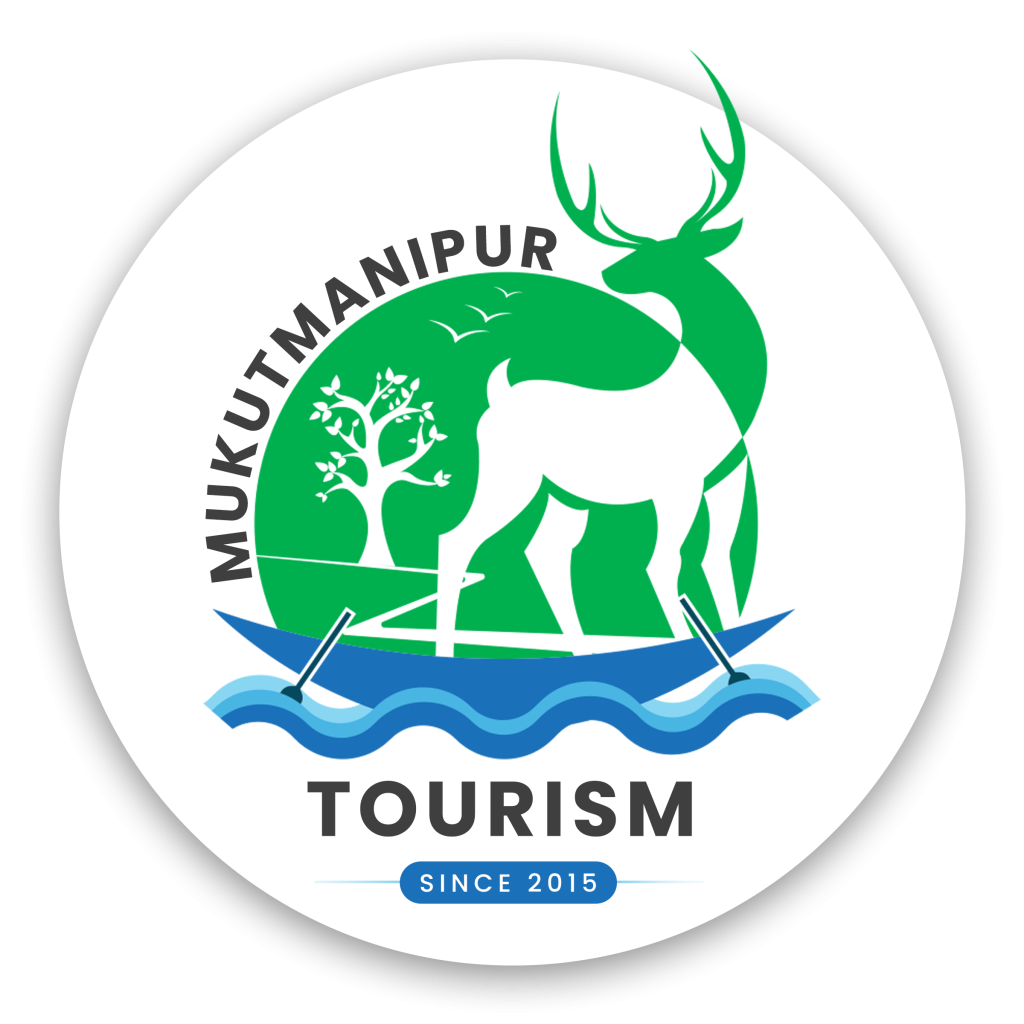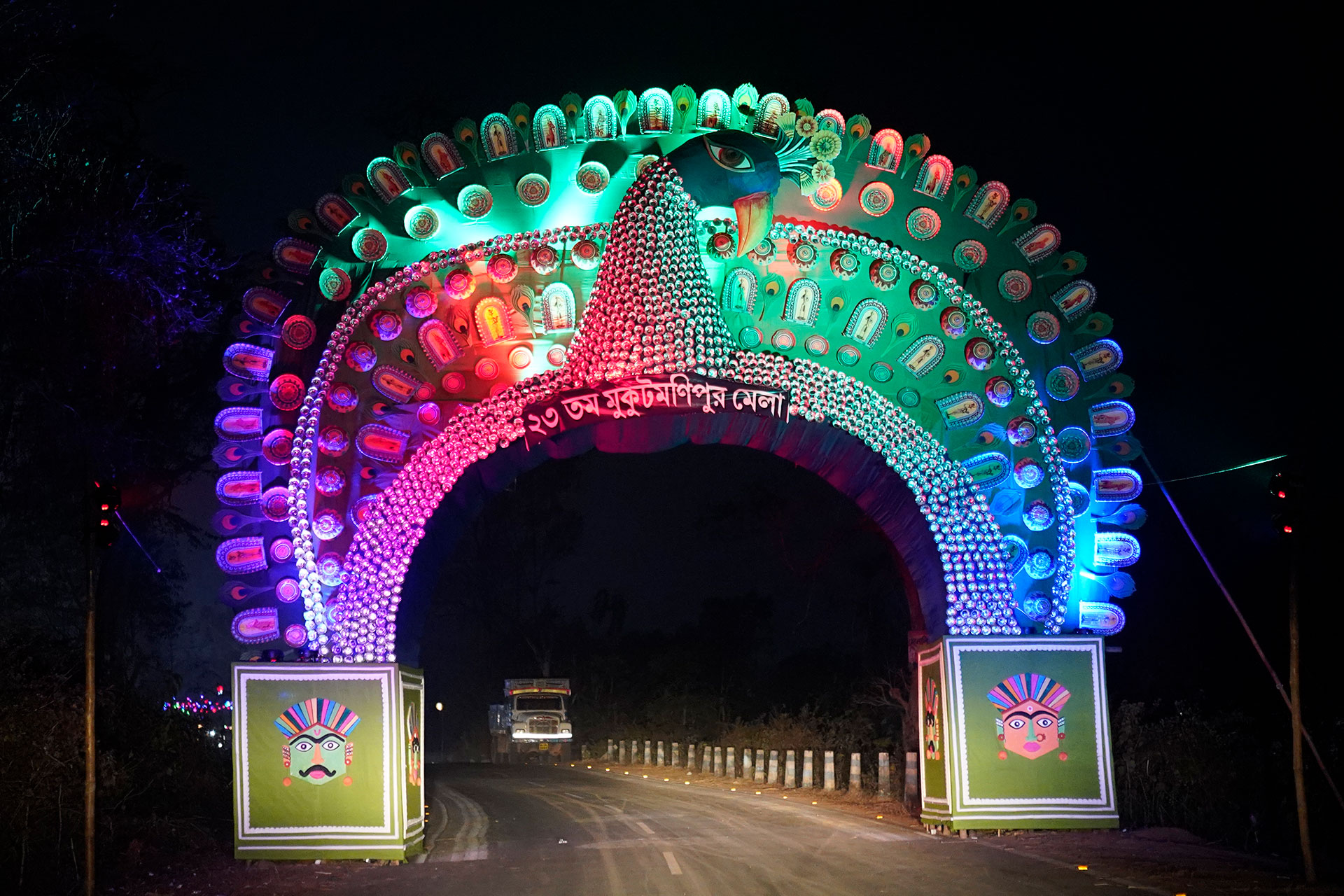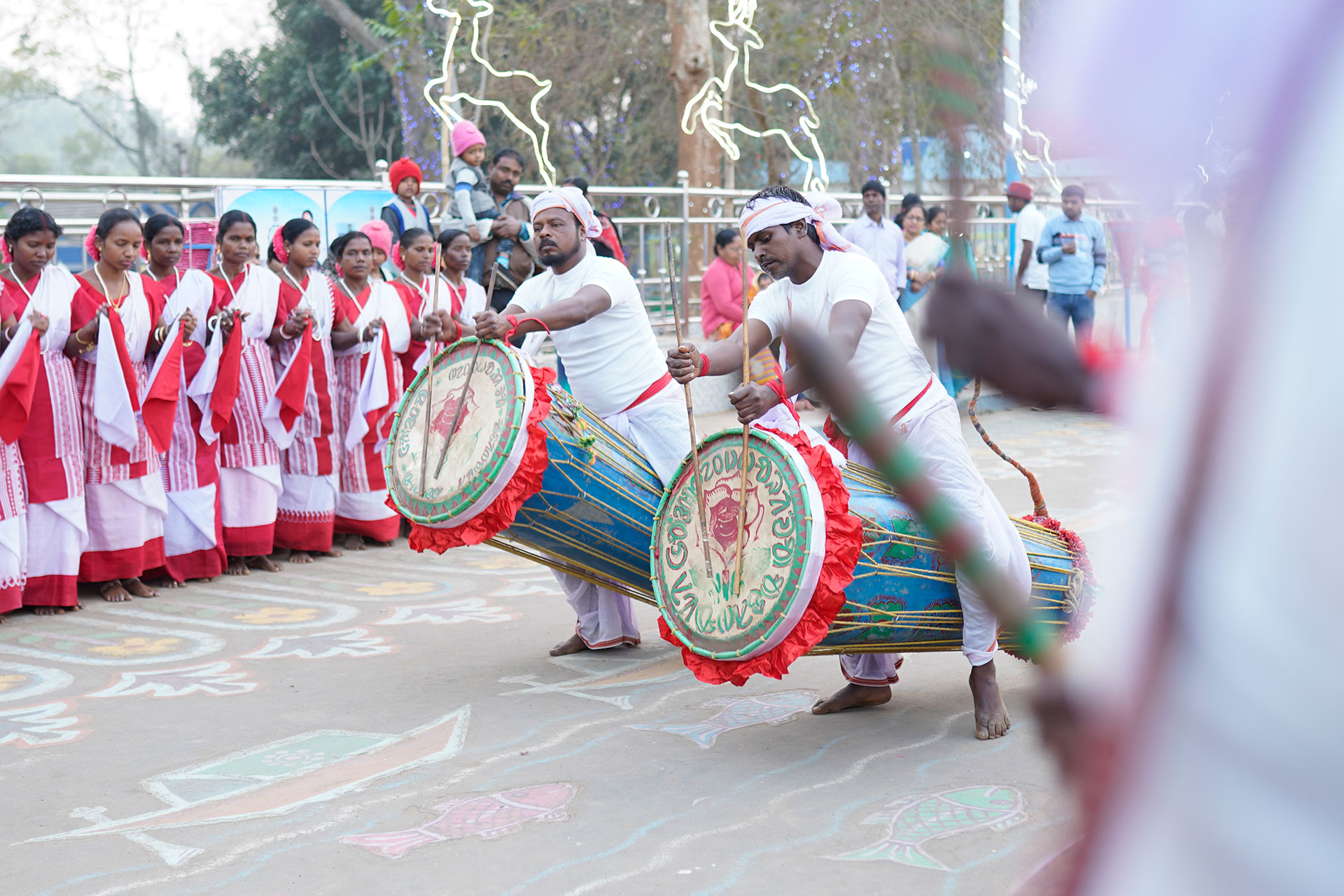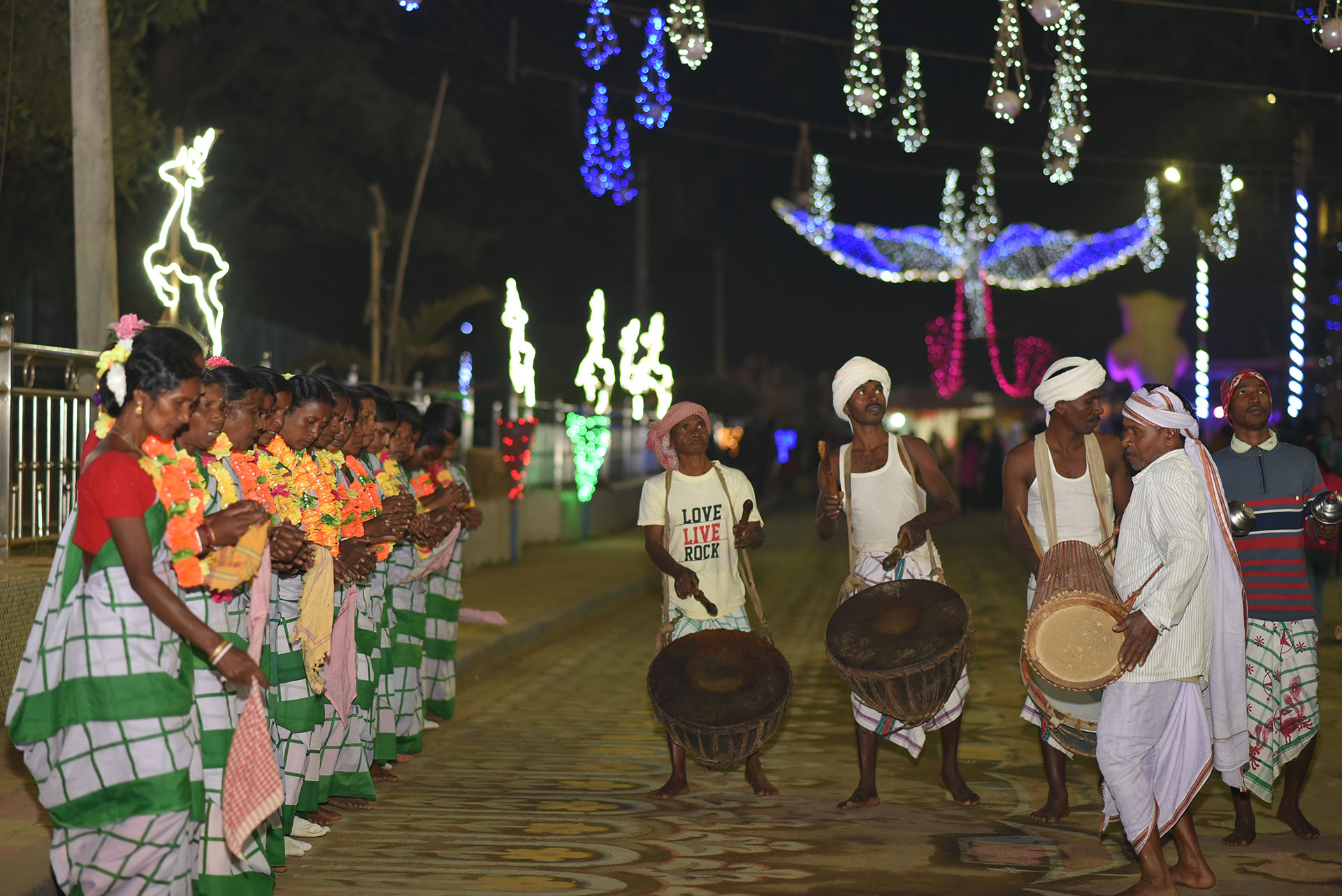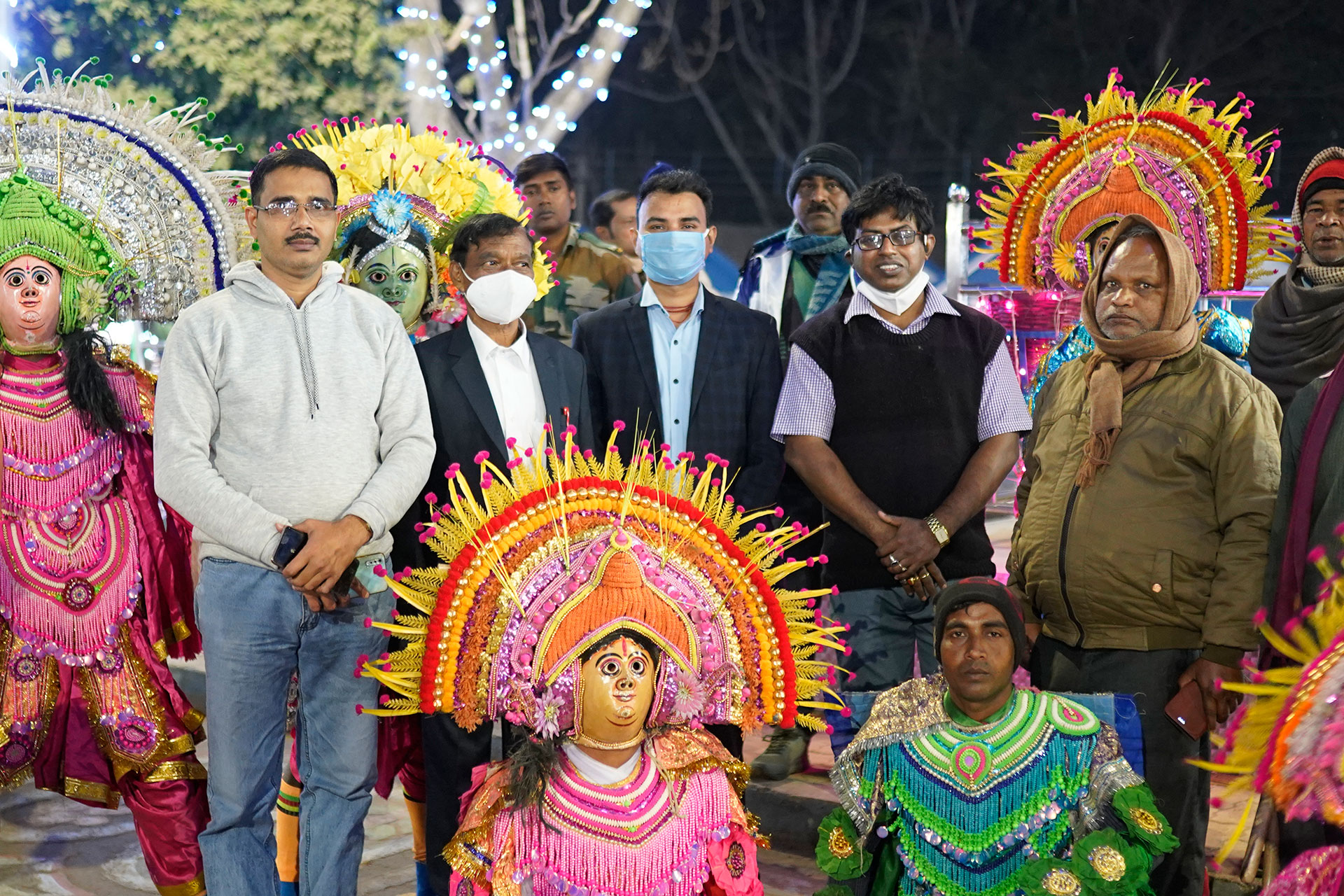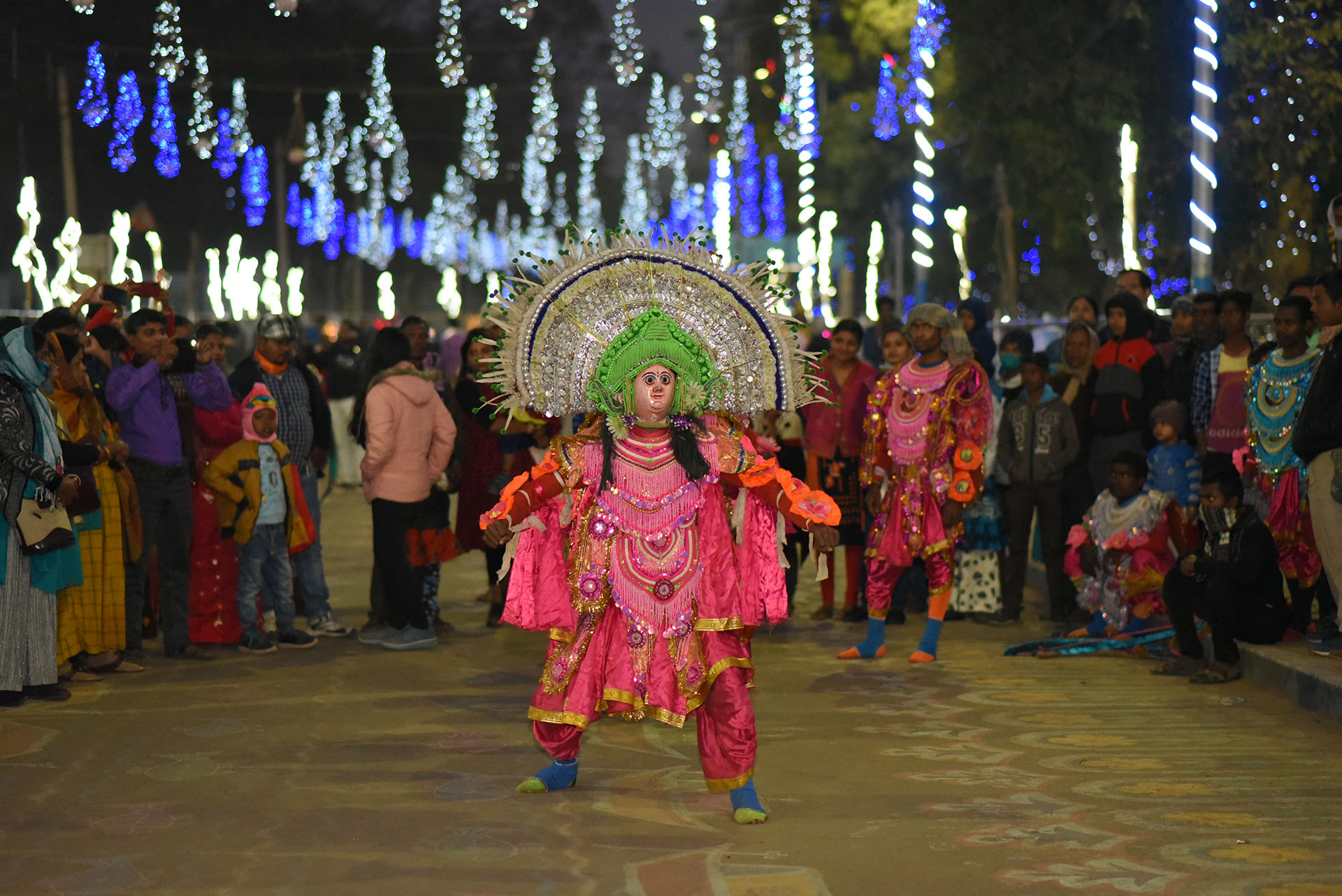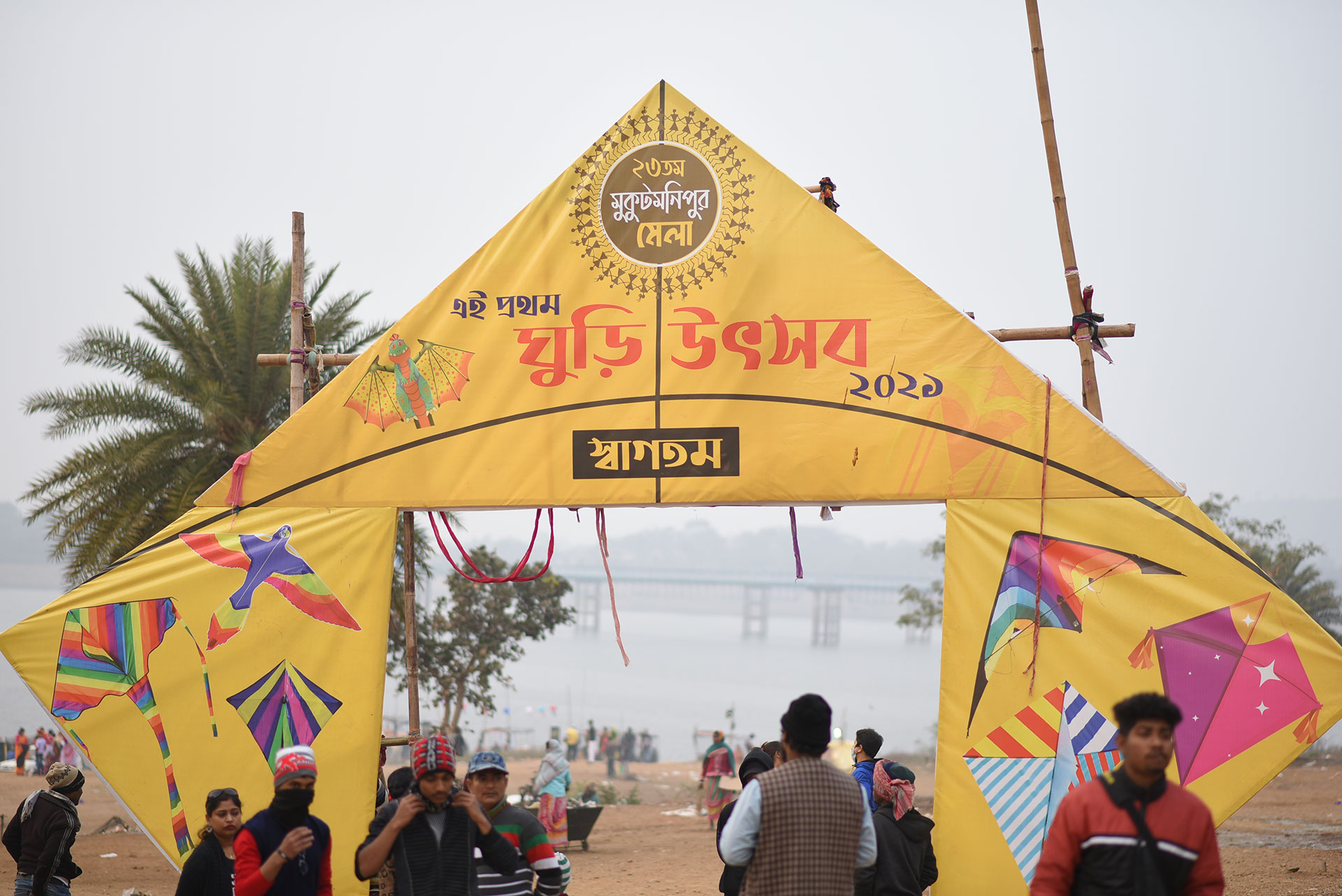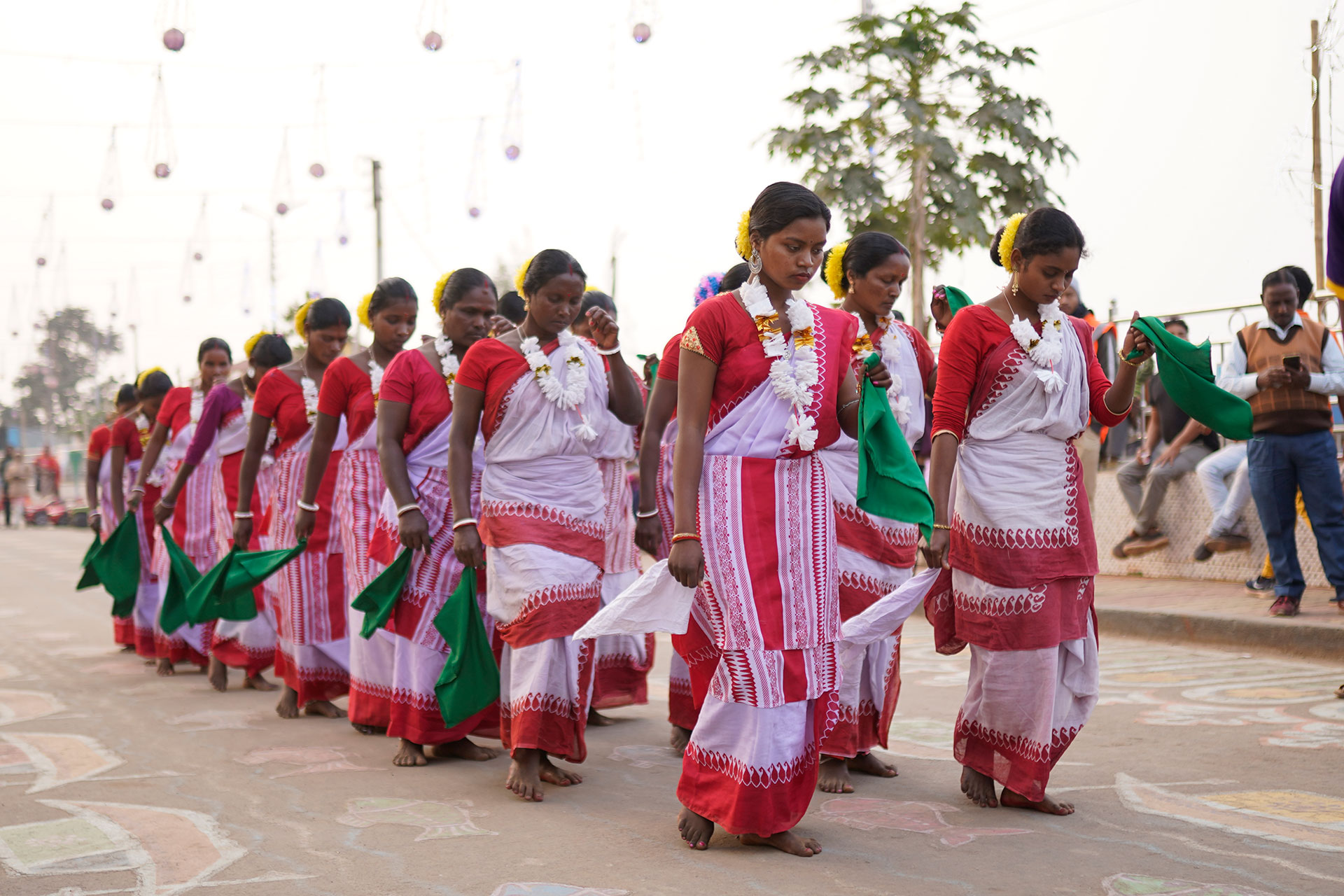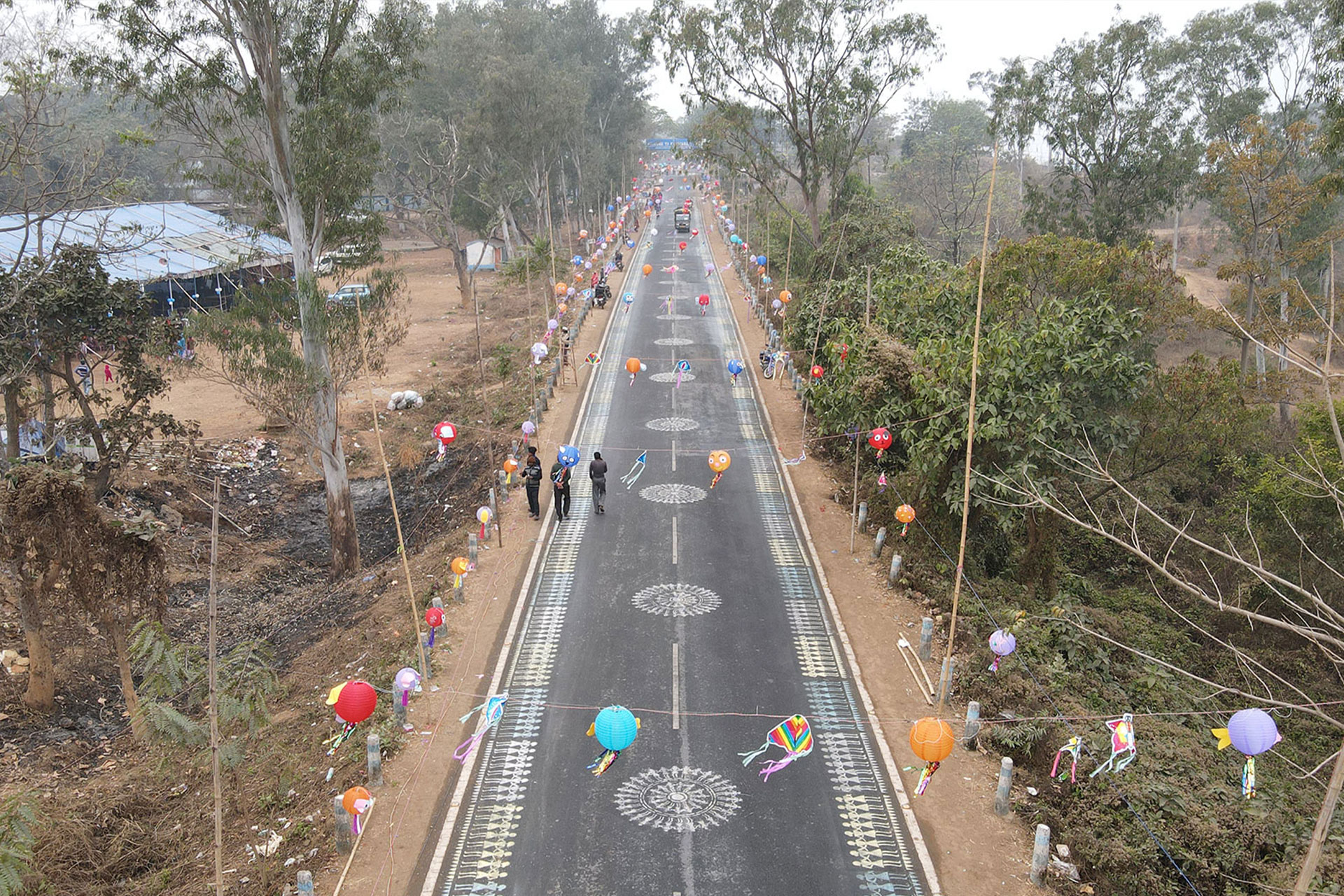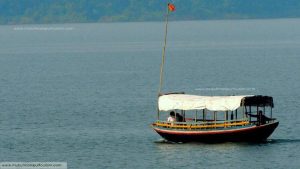Mukutmanipur Sightseeing Places
LOCAL SIGHTSEEING
- Kangsabati Dam
Kangsabati dam was built along 11 km to grant irrigation facilities to the arable land of 8,000 sq. km, covering Purulia, Bankura, Paschim Medinipur and some parts of upper Hooghly.
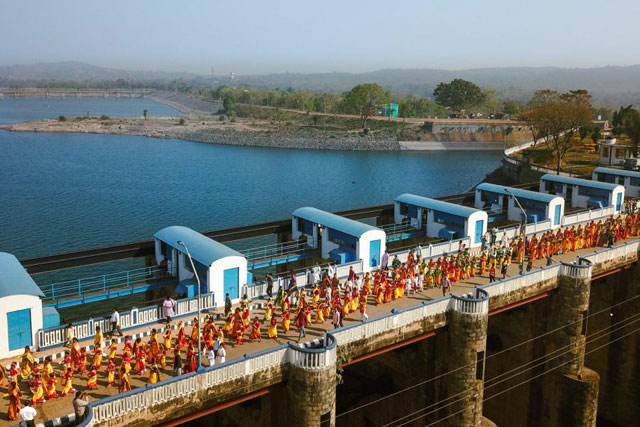
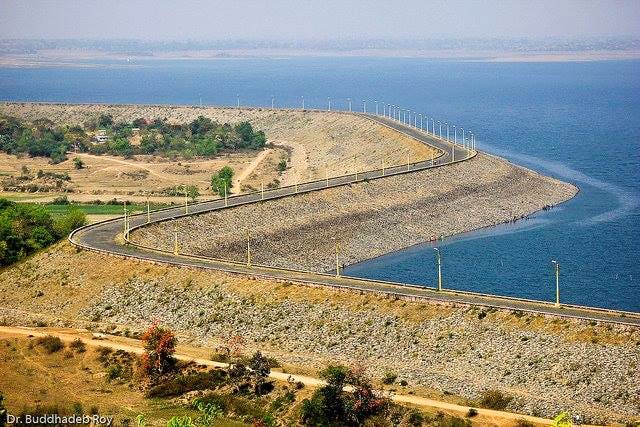
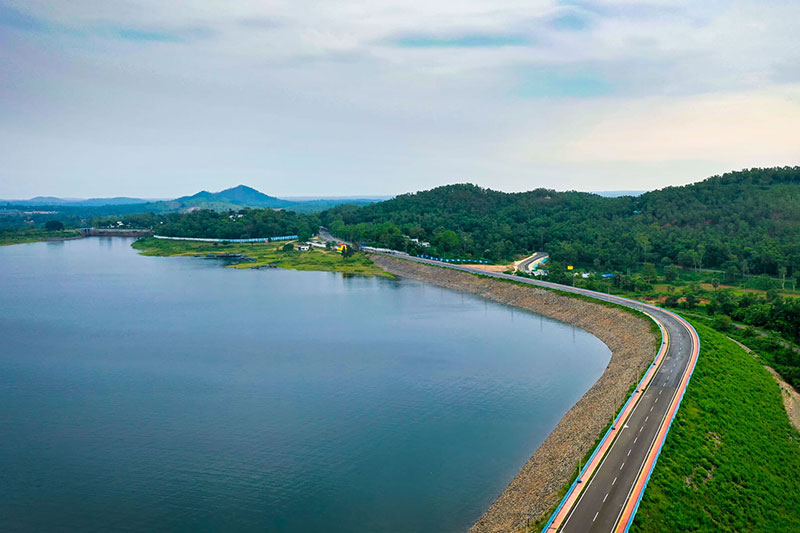




- Pareshnath Shiv Mandir
Pareshnath Shiv Mandir is an open temple of Mahadev as well as a holy place for local people. During the construction of the dam, the idol was found by digging the Earth.
- Musafirana Viewpoint
Vast stretch of water at one side, lush green valley on the other and the blue sky overhead – that is Musafirana view-point all about. From here you will get the best view of Mukutmanipur.






- Bonpukuria Deer Park
Bonpukuria Deer Park is a perfect place for family outing as well. You will feel the nature murmuring here and the deer will come to welcome you with the astonished eye for sure.
- Wonderful Sunrise & Sunset Points
The view of Mukutmanipur in the evening when its close to sunset, merged with the entire backdrop is breathtaking.The road by the dam can be driven on and is a smooth ride, a very romantic one at that.The sky takes on shades of orange during sunrise and sunset, the colour that gives you hope that the sun will set only to rise again.Looking out into it the sky in the evening, happy with every moment came peace, and with every breath. The star tells a lot , when moonlight glitters into the water it looks like a silver.



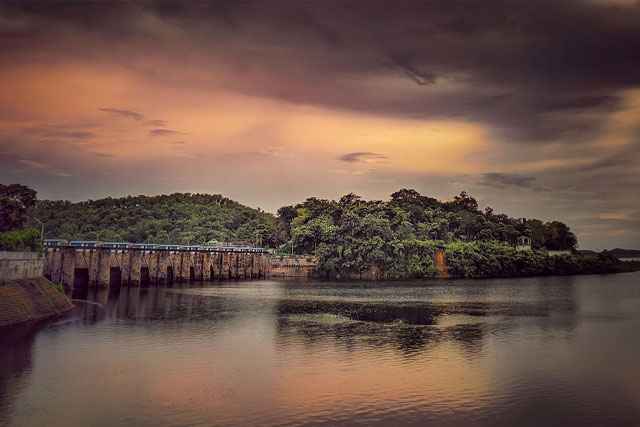
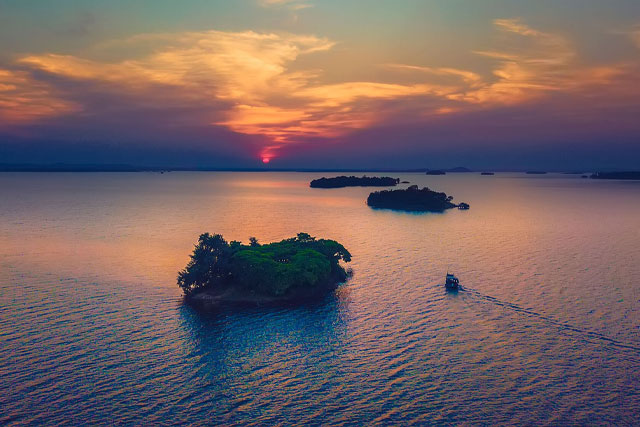
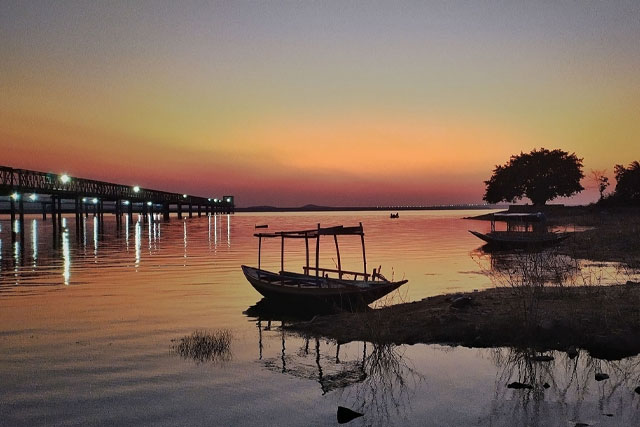
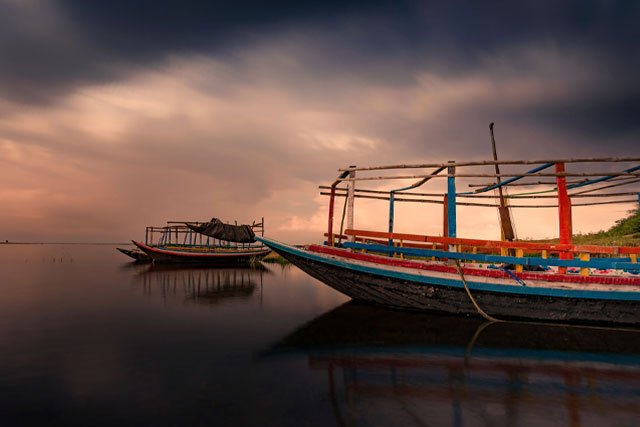
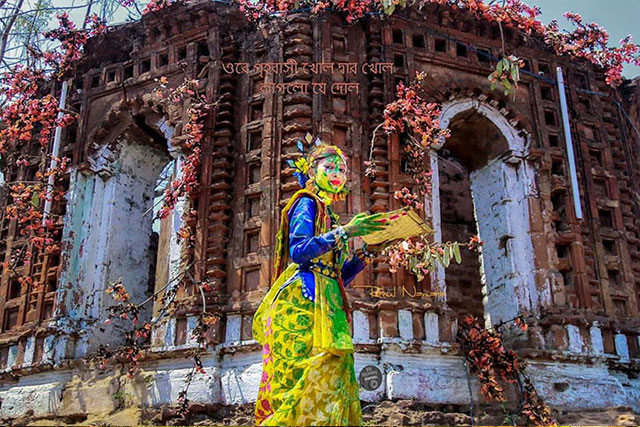
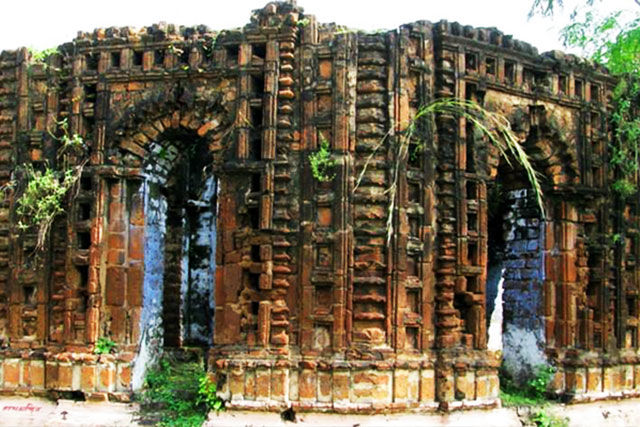
- Ambikanagar Temple
Ambikanagar Temple , situated in Ambikanagar village is the place where Goddess Durga is being worshipped as Maa Ambika for last 700 years. According to local people, Maa Ambika is very much alive. Let’s make your ‘Durga puja’ an unique one this year with the raw fragrance of ancient rituals at Ambikanagar Temple. Far away from bustling crowd and noise, the rich emotion of local people and their welcoming nature will definitely immerse you into happiness.
700 years ago, one Sri Khargeswar Singh selected this spot on his holy voyage from Rajasthan. He founded his dynasty here. Later he got the dream orders of Maa Ambika. Maa Ambika emerged from within the soil and is worshipped there. Later the temple is created by assembling stones. The temple later went through many renovations. Ambikanagar is the nomenclature coined to erstwhile “Biratnagar” following Maa Ambika’s temple.
- Jhilimili 12 Mile Forest
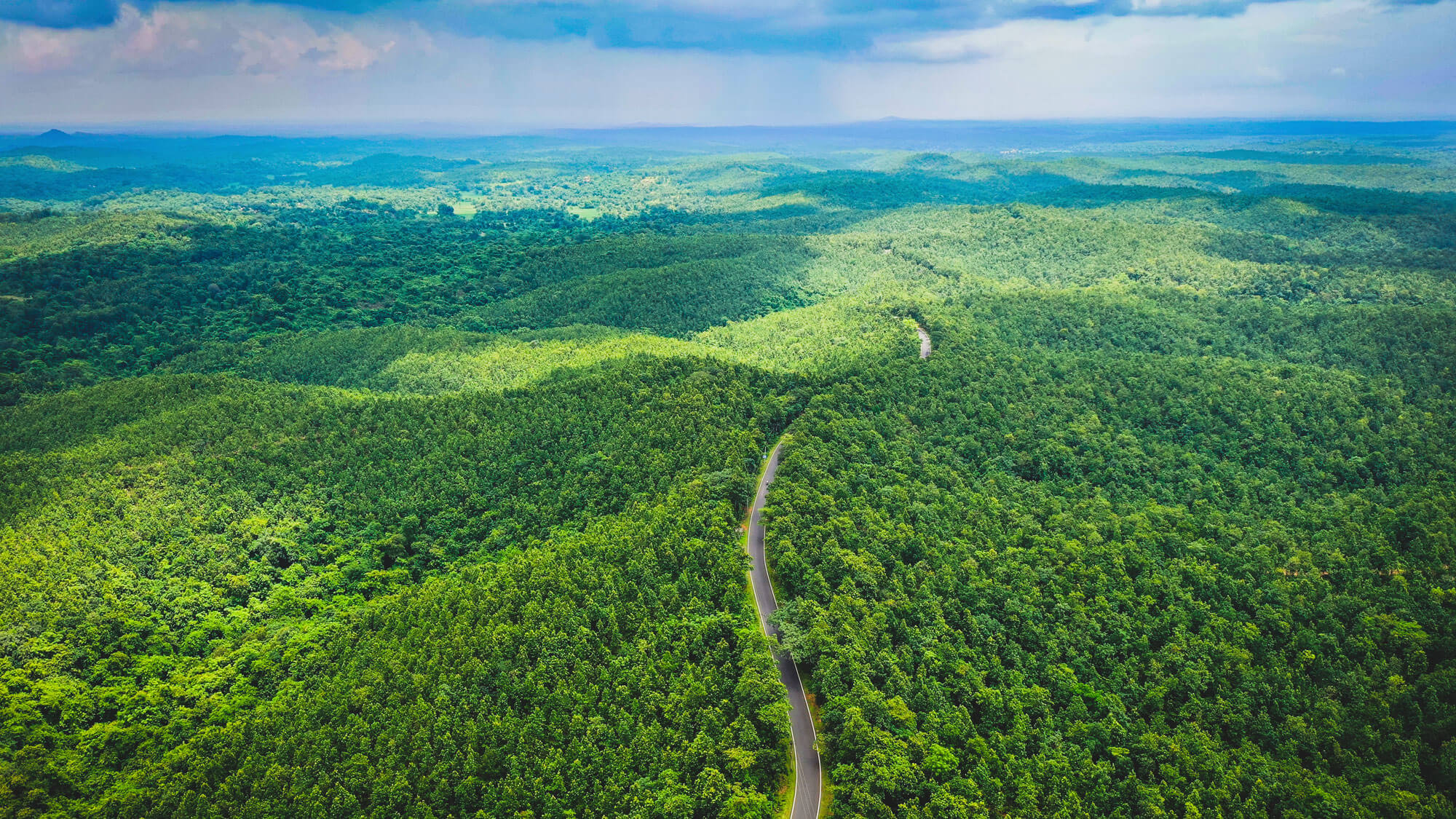
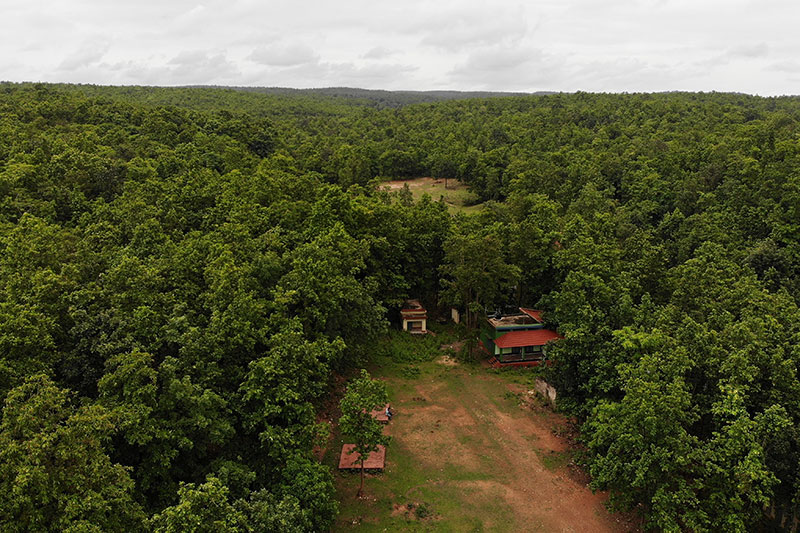

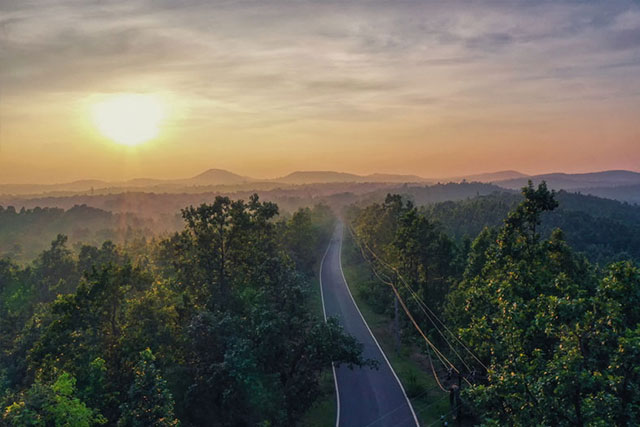
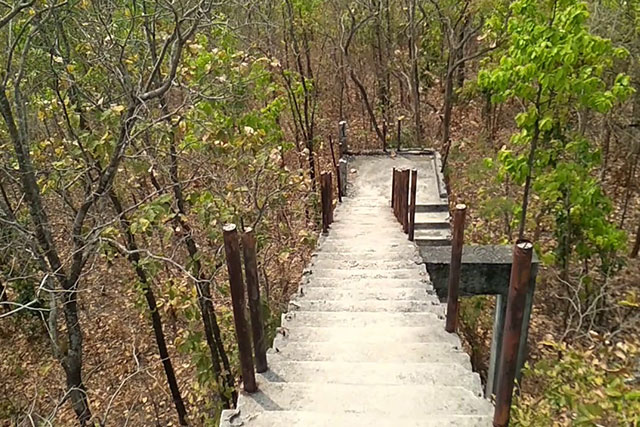
- Sutan Forest
Approx. 40km from Mukutmanipur
Besides Sutan is another beautiful village with shades of sal, piyal, mahua, palash, shimul etc. This is also the homeland of the tribals. It is an ideal place to spend a short leave from Mukutmanipur. The surrounding is calm and peaceful with hillocks and becomes charming and colorful with palash and krishnachura flowers in the day time and the enchanting tune of madal played by the villagers at night.
Here the forest is rich with different species of fauna and distinctive flowers and seasonal birds. To be the cherry on the cake, a vibrant peacock may come into your sight for a golden glance. Not only tourists, bike riders also live their moments while passing the road through the jungle as it feels like hilly terrain. This virgin forest is connected with the Dalma forest range via Dooarsini and looks like Southern Dooars for its unspoiled luxurious greenery.
- Talberia Lake
Talberia lake near Mukutmanipur is surrounded by greenery all over, the cold breeze freshens up the mood. One can also find monkeys on the branches of trees chattering. It can be visited as a sightseeing spot near Jhilimili. A small lake surrounded by deep forest. This will surely give you some peace with its serene location. Those who love trekking and exploring jungle may have some share of joy at this place for sure.
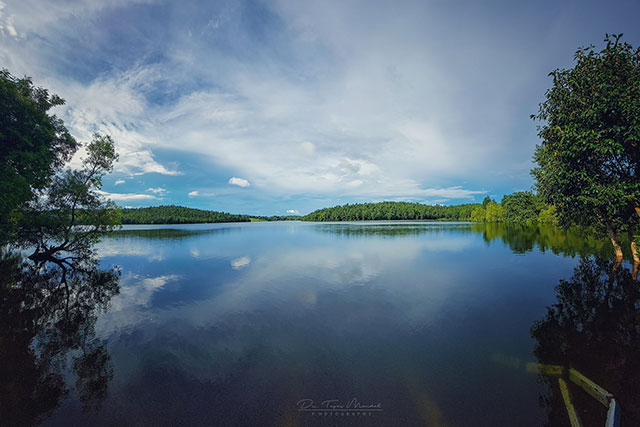
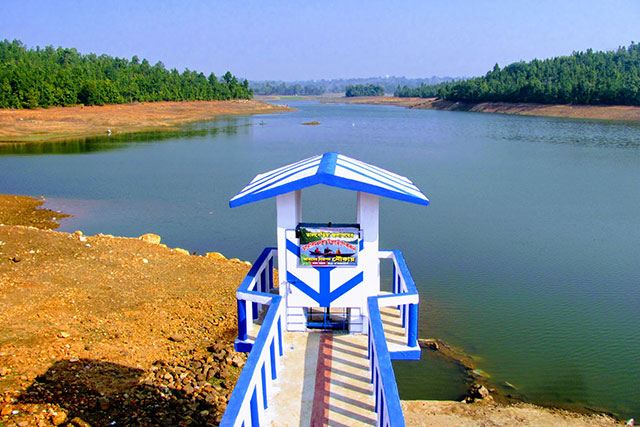

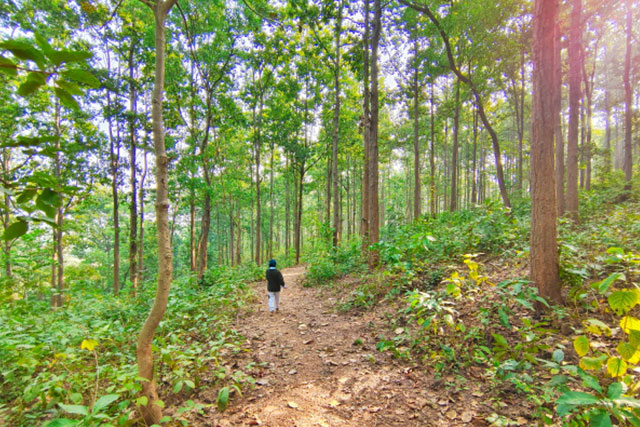
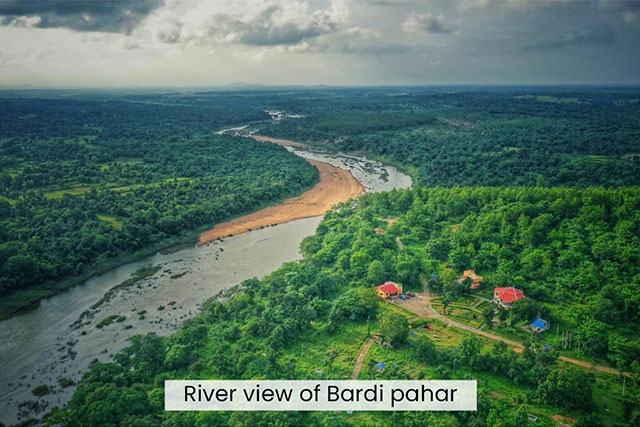
- Bardi Pahar
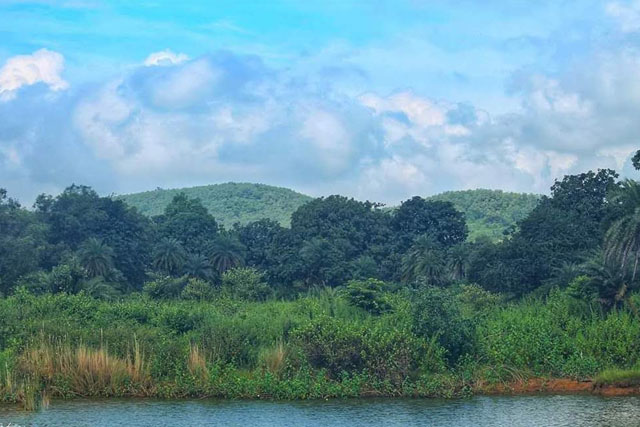
- Masak Pahar
- Kadamdeuli
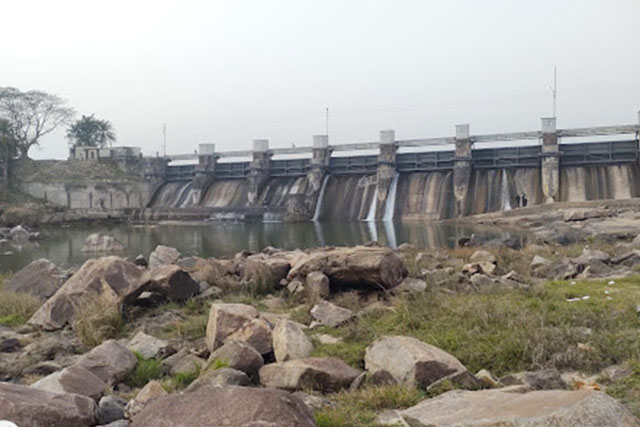
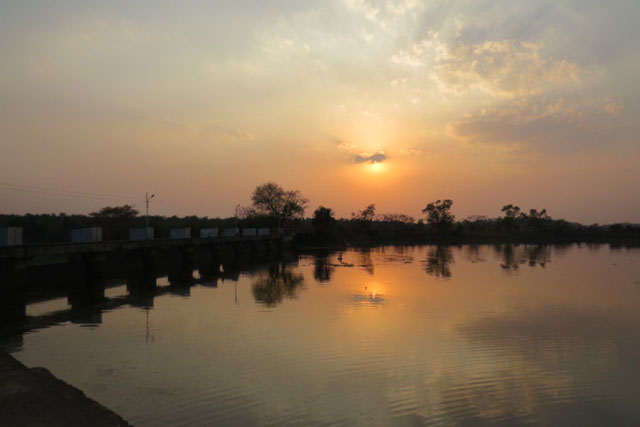
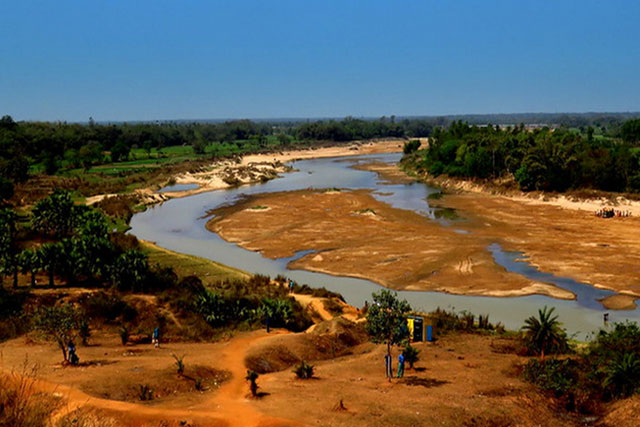
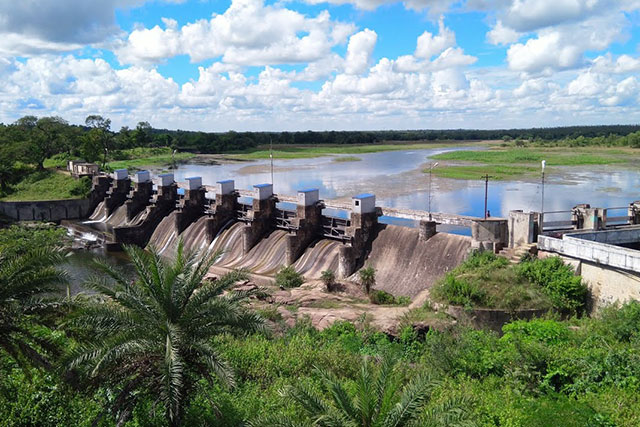
- Sobuj Dwip
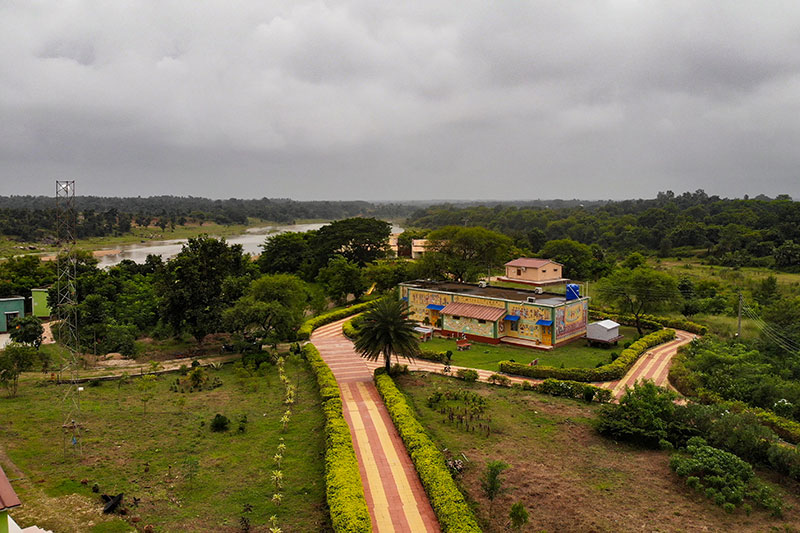
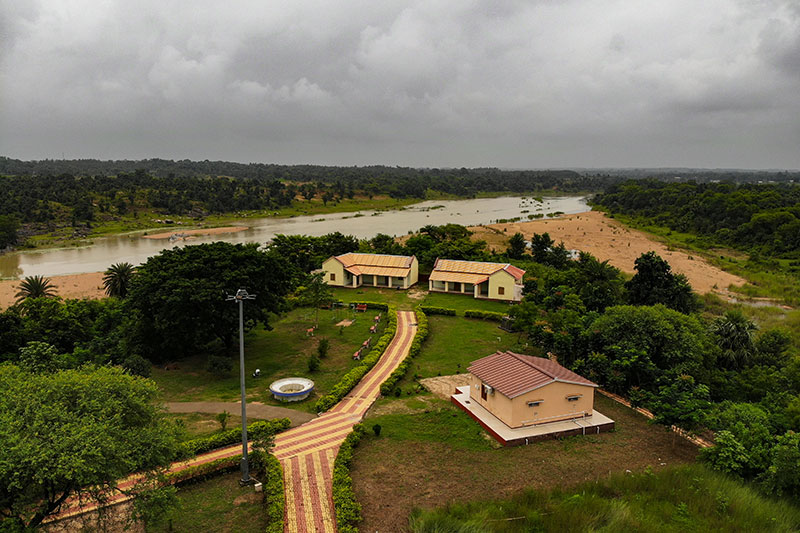
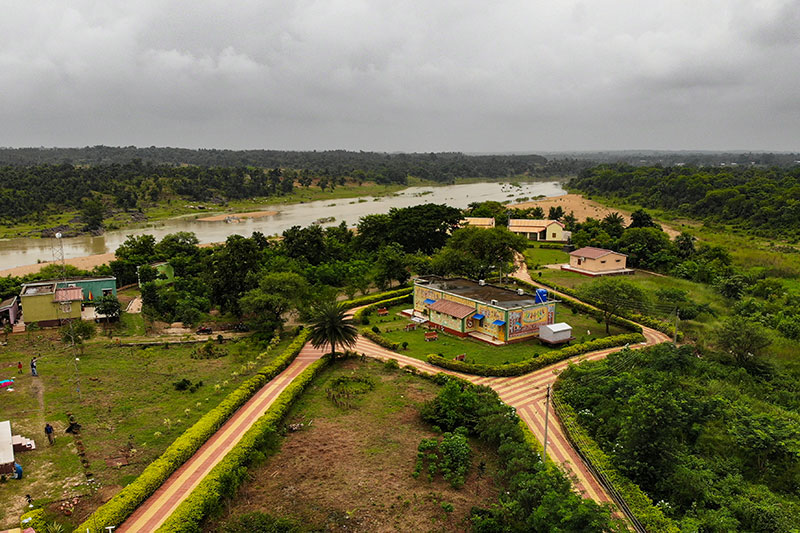
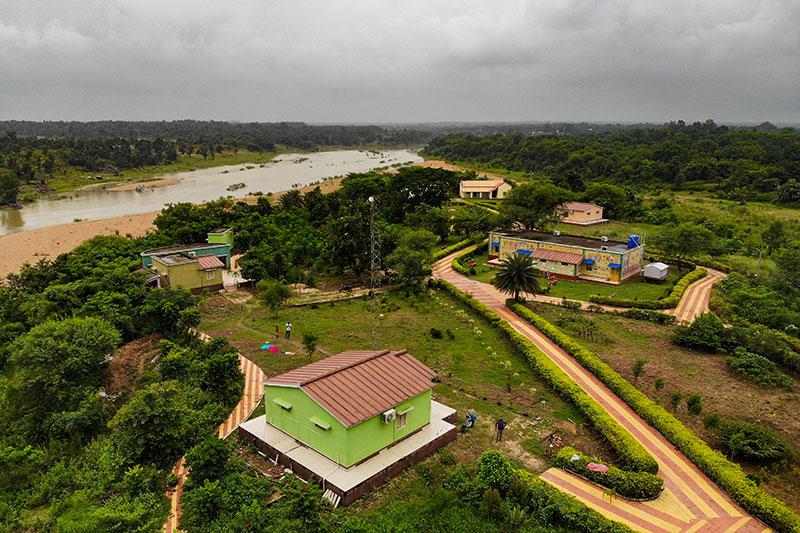
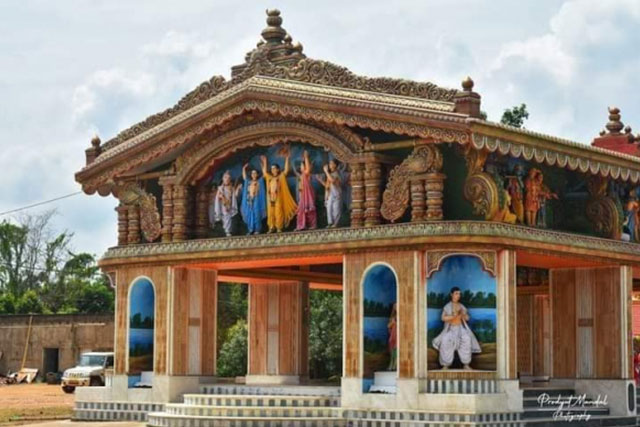
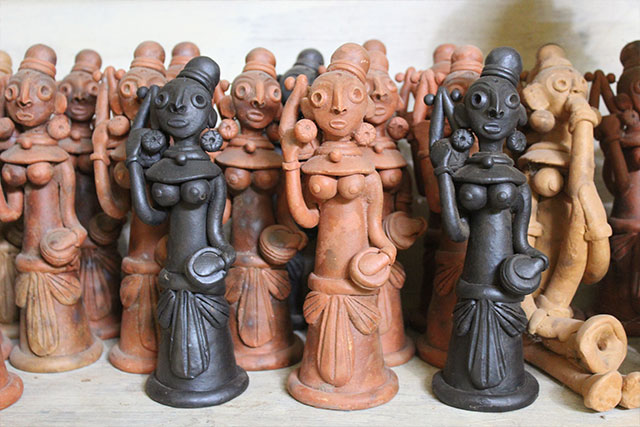
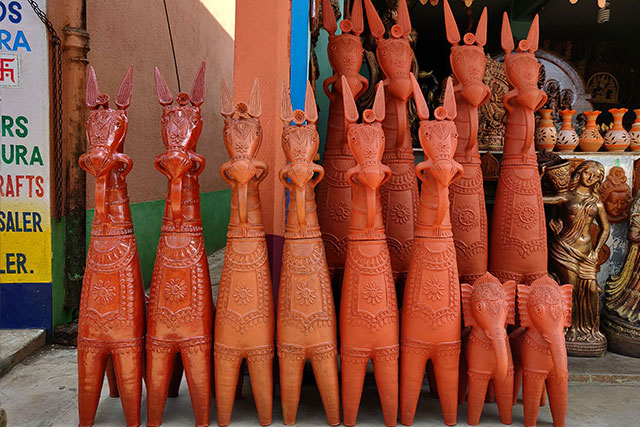
- Panchmura
- Bishnupur - The temple city
Approx 75 km from Mukutmanipur
Bishnupur, the temple town in the Bankura district of West Bengal is welcoming you with its lavish heritage, proud culture, brilliant architecture and tales of terracotta. Adi Malla established the Malla dynasty. Jagat Malla, the 10th Malla king shifted his kingdom to Bishnupur. Due to short supply of stone in Bengal, burnt clay bricks came as a substitute and architects of Bengal found the new way of a beautiful craft known as ‘Terracotta’. During the seventeenth century, the art of terracotta reached its highest peak. Raja Jagat Malla and his descendants built numerous temples made of terracotta and stone art.
Plan your holiday destination in this serene place that is world-famous for its ‘Baluchari’ saree and various forms of artifacts. Explore a town that speaks the language of terracotta. Live in the rich essence of Hindu mythology amidst innumerable architectural structures with majestic footprints of terracotta artwork. The variety of temples, whispering history and enchanting art-forms will surely give you goosebumps. .
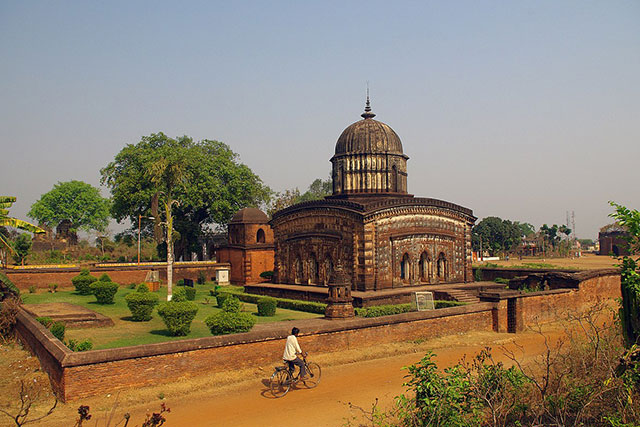
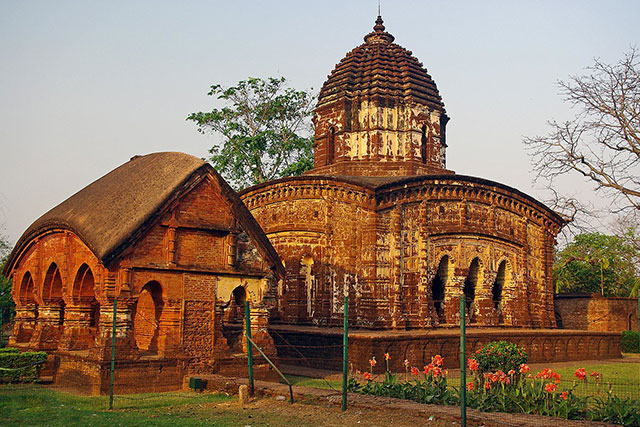
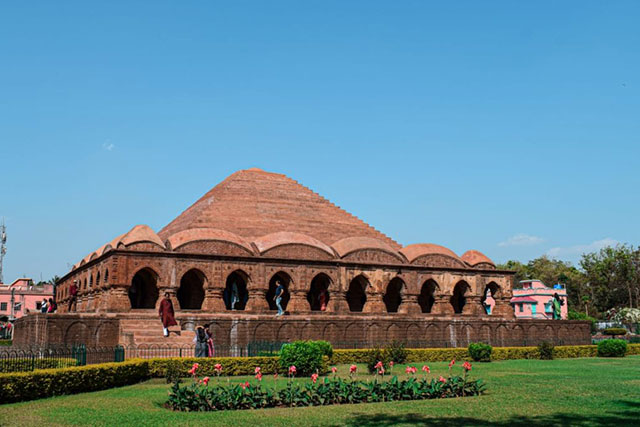
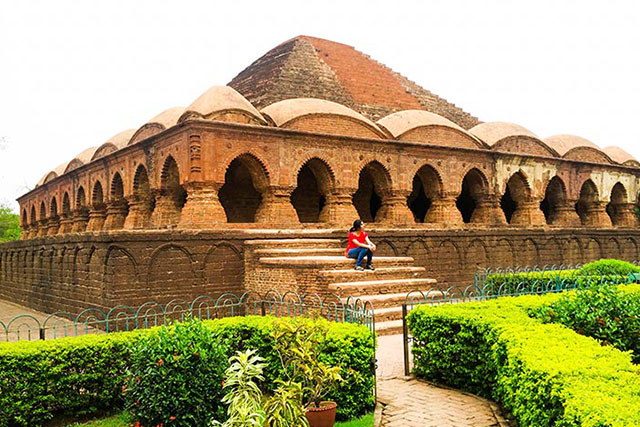
OF MUKUTMANIPUR
Winter comes here wrapping the freshness of festivities. Chilly January welcomes ‘Mukutmanipur Loksanskriti Mela’ with great joy. Folk songs, dances, cultural functions and different types of local artifacts will surely blow your mind. Taste the aroma of a tribal fair and live in a different culture for sometime.
Tusu is a famous harvest festival celebrated by the local people of Mukutmanipur on the last day of ‘Poush’. During the winter (January- February), witness a ritual that is dedicated to the ‘Folk Goddess, Tusu’. The worshippers pray to the goddess for overwhelming wealth and happiness of their household. The lyrics of the folk songs related to this festival are quite different and you are going to love the melody of ‘Santhal’ and ‘Kurmis’.
Don’t miss the ‘Cockfighting’ which is arranged by the villagers during Tusu festival.
As the last day of ‘Poush’ is called Makar Sankranti, people from ‘Santhal’ community celebrate ‘Makar Parab’ during this time. People enjoy their gala days with meat, rice brew and fowl. A home-made drink named ‘Hanriah’ and dance on Dhamsa Madal’s beats add extra charm to their festivity.
Karam festival is celebrated on ‘Bhadra Ekadashi’ and is mainly arranged for perfect cultivation and happiness of children. During this celebration, only one branch of a Karam tree is being separated from the tree and unmarried girls worship the branch.
Bandna(Saharai) is another popular tribal festival celebrated on the sacred day of Kartik Amavasya in the month of November. Villagers give huge importance to their pets as well as animals and they performed the puja mainly for them. People wash their cows and bulls, feed them well, decorate them with ornaments and natural colors. They sing ‘Ohira’ to acknowledge the contribution of the animals in their lives. Celebrating the Saharai festival, Santhal people show their gratitude to ‘Ma Bhagabati’ for golden-yellow paddy fields.
Raicharan Mela usually held in February, is one of the attractions of Mukutmanipur. The mela is named upon a freedom fighter named Raicharan Dhabal Deb who committed suicide instead of giving in himself to the British rulers. People celebrates Raicharan mela to recall his dedication towards the country. Folk culture, local artifacts, handcrafted items and fun-loving people turn the mela into a festivity every year.
Palash Utsab is the festival of colors. You will understand how it feels exactly to play ‘Holi’ with Nature itself. Spring comes here with blooming Palash. Mukutmanipur proudly celebrates Palash utsab or Holi in Spring. Cultural functions, sprinkle of ‘Abir’ in the air, the fiery red hue of Palash, blue waterbody accompany the people wearing bright dresses and flower ornaments. Come and celebrate ‘Holi’ and ‘Palash Utsab’ in the lap of “Bonpaharir Rani”.
